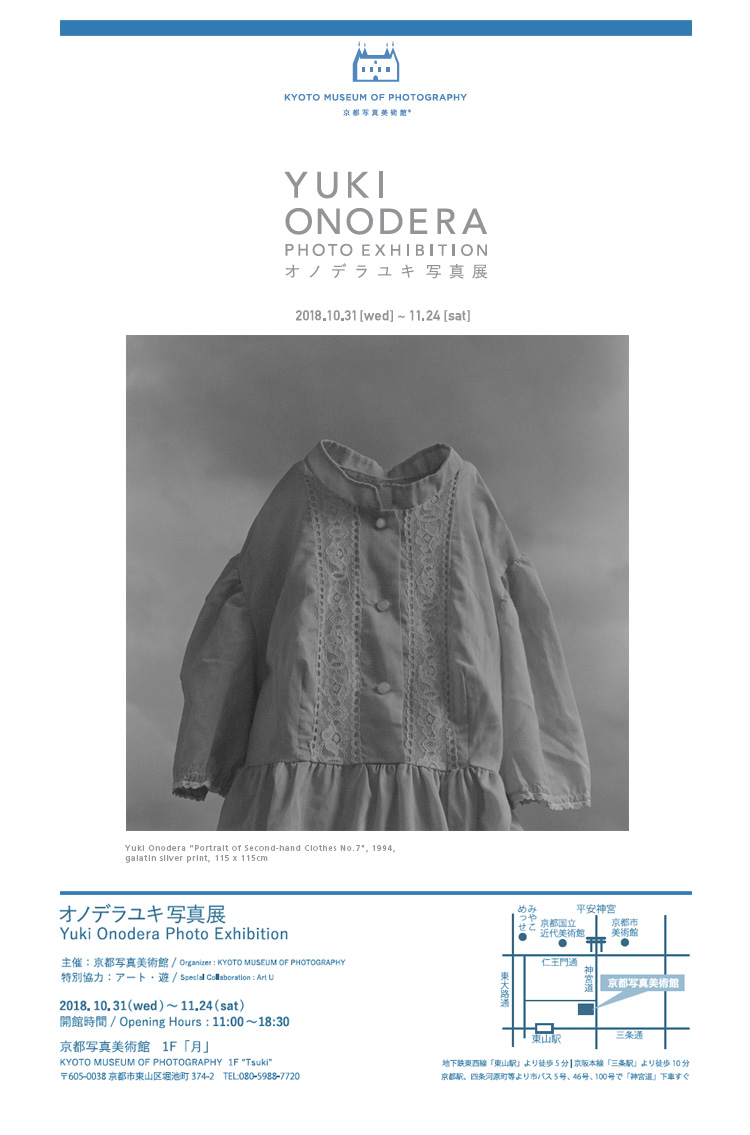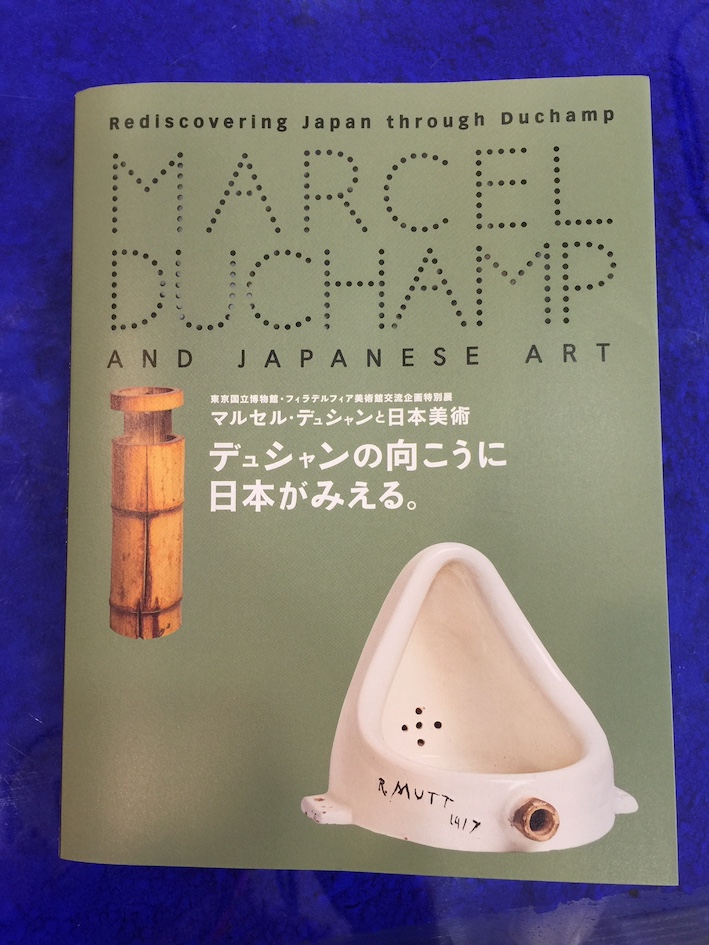

Yuki Onodera Photo Exhibition
オノデラユキ 写真展
主催 : 京都写真美術館 / Organaizer : KYOTO MUSEUM OF PHOTOGRAPHY
特別協力 : アート・遊 / Special Collaboration : Art U
2018.10.31 (wed)-11.24 (sat)
開館時間/ Opening Hours : 11:00~18:30
Open Everyday
Admission Free
KYOTO MUSEUM OF PHOTOGRAPHY
京都写真美術館
京都市東山区堀池町374-2
TEL 080-5988-7720
October.31 - November 24 2018
https://kyoto-muse.jp/exhibition/exhibitionlist?exhibition_id=1498
https://yukionodera.fr/en/works/portrait-of-second-hand-clothes/
--------------
----------------------------------------------------------------
Yuki Onodera
"The Bird escaped from Camera where to go?”
Vanguard Gallery, Shanghai
until end of October
http://www.vanguardgallery.com/
Vanguard Gallery
上海莫干山路50号4号楼A座204室
R204, Bldg 4A, 50 Moganshan Road, Shanghai 200060, China
www.vanguardgallery.com
vanguardg@gmail.com
+86 21 62993523
weibo: @vanguard画廊
Facebook: Vanguard Gallery
twitter: @vanguardgalerie
Instagram: vanguardg
----------------------------------------------------------------
Unsubscribe




